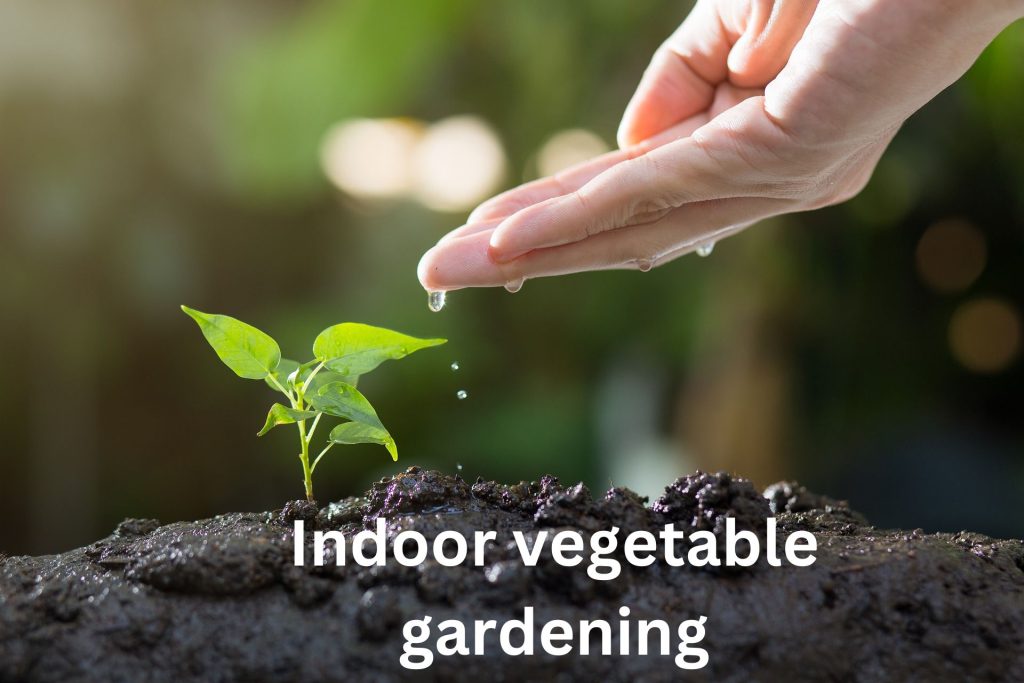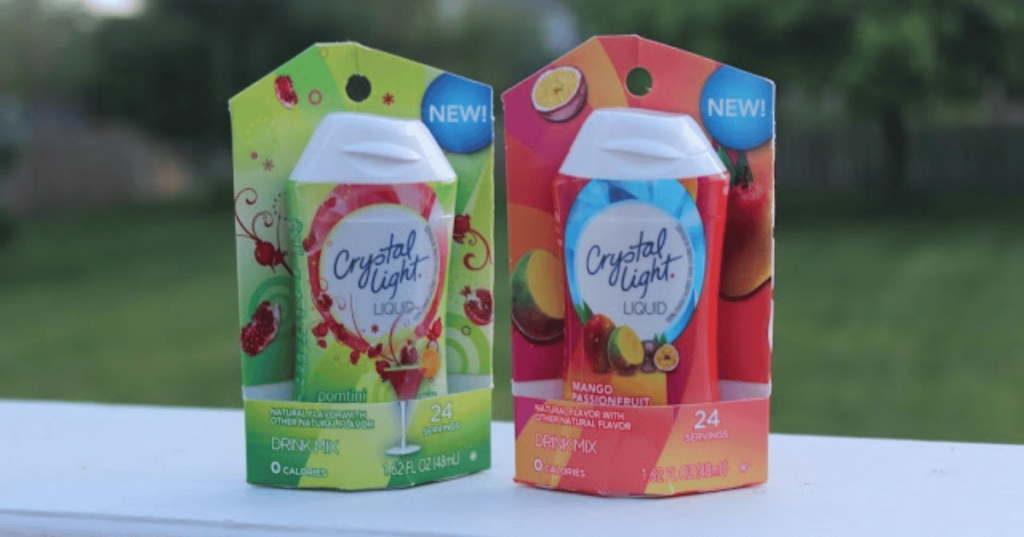Indoor vegetable gardening is the perfect way to enjoy fresh produce all winter long. Discover the top nine crops to grow indoors, from lettuce to carrots, and learn essential tips for maintaining a thriving indoor garden.
Top Nine Edible Crops to Grow Indoors This Winter
Introduction
There’s no question it’s getting colder out; summer crops are becoming a memory, and even the perennial favorites are shutting down for the year. I’m lucky where I live and that the fall is usually quite mild, and the creeping into winter is slow and gradual. This allows me plenty of time to still grow a wide array of fall powerhouses, such as kale. For many of you, though, winter is coming or is already here. Instead of fall doldrums and winter sadness, join me inside while we keep this garden party going with my top nine crops to grow indoors this winter.
Key Indoor Growing Parameters
Indoor plants don’t magically need a different set of requirements than their outdoor counterparts, but obviously, how we grow and achieve these things is going to be a little different.
Temperature
Indoors, temperatures are usually quite steady and at this time of year, probably a little bit higher. This is an advantage, especially for germination, where the sprouting requirements for most seeds are warmer than that of the plants themselves.
Light
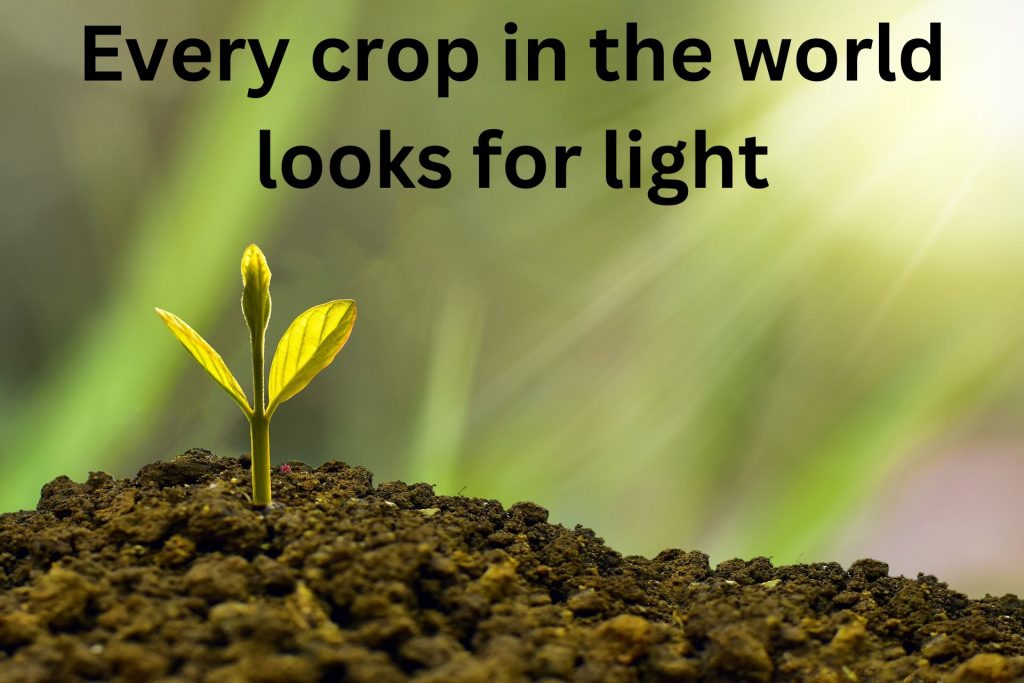
Every crop in the world looks for light, and even on a day like this, the advantage is outdoors. Nothing beats the sun in terms of cost or intensity. When outdoor temperatures can no longer support a crop, no amount of sunshine will matter. Sunny windows, solariums, and greenhouses can suffice if you have them, but often, artificial light is necessary.
Containers and Soil
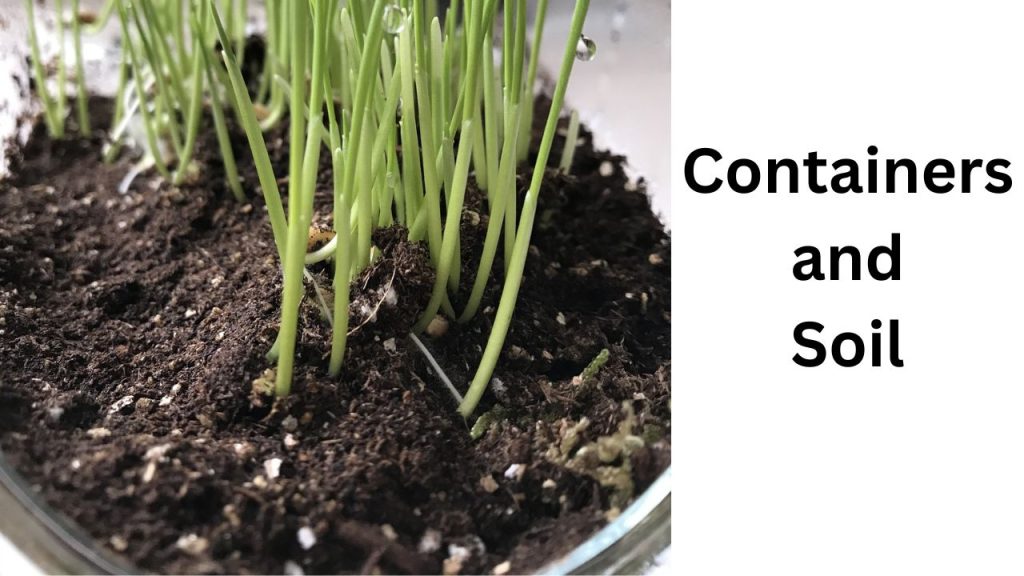
Outdoors, we often take drainage for granted. Indoors, however, many have tried to grow in self-contained pots for fear of water spilling everywhere. Non-draining containers are a death sentence for plants. Make sure your containers drain and provide a means to catch the runoff.
For soil, it’s tempting to use compost or garden soil, but it’s best to use a store-bought sterile mix. Bringing in outside soil can introduce pests, which can go rampant without the balance of nature to keep them in check.
Steps for Growing Indoor Crops
When planting an indoor crop, it starts with a series of choices, beginning with what plant to grow. This choice governs almost everything else.
Example: Sugar Snap Peas and Spinach
1. Containers: Choose containers and ensure they have drainage holes. Even garden center-bought containers may need holes added.
2. Soil: Use a sterile indoor potting mix and fill containers to the top.
3. Planting:
Peas: Soak seeds overnight before planting. Plant in twos, spaced 3-4 inches apart, and bury at half an inch depth.
Spinach: Create a shallow trough, generously sow seeds, and cover. Top with mulch to retain moisture.
4. Lighting: A simple LED grow light can be used, but window light may suffice for peas and spinach.
Spinach sprouts within five days, and peas follow in seven days. Spinach, a leafy crop, matures quickly and is ideal for indoor growing. Peas require vertical support and at least two feet of trellising.
Top Nine Crops to Grow Indoors
1. Lettuce
– All varieties are fair game, but loose leaf and romaine types are tops.
– Upright cultivars take up less room.
– Requires cool conditions, well-watered soil, and at least four hours of full-spectrum light.
2. Spinach
– Fast-growing, maturing in less than fifty days.
– Typically, single-harvest; stagger plantings for continuous supply.
– Requires cool conditions and moderate light.
3. Arugula
– Known as rocket, grows in four to six weeks.
– Tolerates higher temperatures and more intense light.
– Sow seeds shallowly and keep moist.
4. Peas
– Sugar snap peas require shallow soil but need vertical space for climbing.
– Perform best with more light but can grow with window light.
– Self-pollinating, with no need for external pollinators.
5. Microgreens
– Include a variety of crops grown for their young shoots.
– Harvested shortly after true leaves appear, within twelve to fourteen days.
– Easy to grow with minimal light and space requirements.
6. Mint
– Tropical, hardy, and prolific.
– Susceptible to pests; use sterile soil and ensure good drainage.
– Propagated easily from cuttings.
7.Basil
– Easy and forgiving, grows well indoors.
– Requires full-spectrum light but can grow with reduced light.
– Propagated from cuttings, roots in water.
8. Kale
– A superfood rich in vitamins and minerals.
– Cold hardy, grows in various light setups but requires significant light.
– Needs the largest container and space.
9. Carrots
– Require deep containers, with small varieties needing at least six inches.
– Thrive in most light setups and need minimal maintenance.
– Plant from seed in staggered groups for continuous harvests.
Conclusion
These are my top nine edible crops to grow indoors this winter. Give one or give them all a try and keep the garden party going all season long. Each offers unique benefits and can be grown with minimal space and effort.
Final Tips for Indoor vegetable gardening
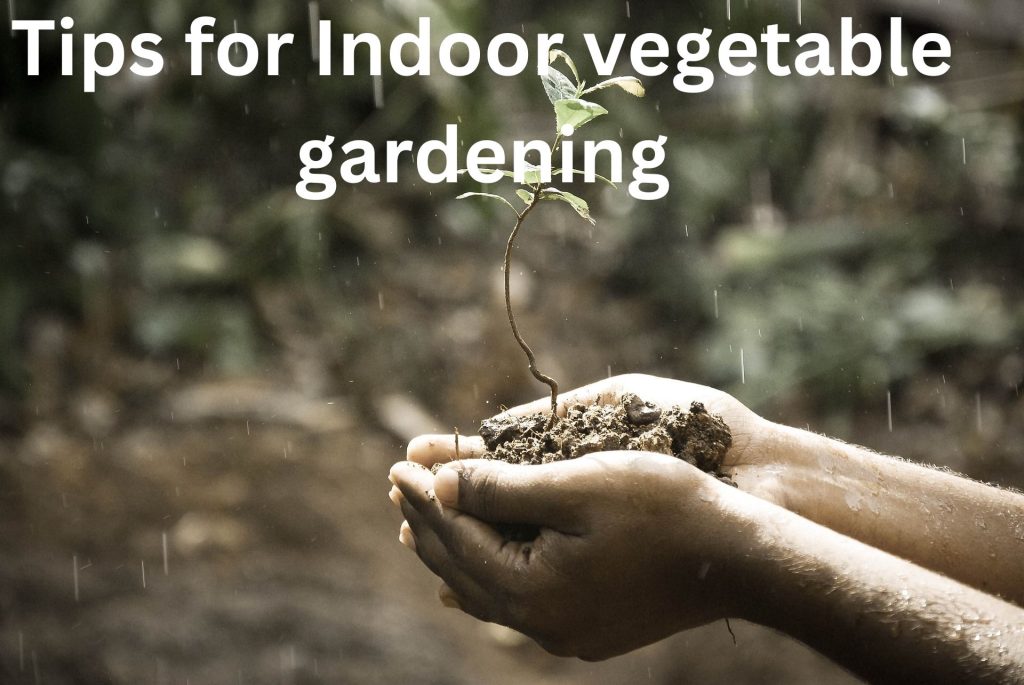
Pests: Be aware of pests; use sterile soil to minimize issues.
Harvesting: Stagger plantings for continuous supply.
Lighting: Use grow lights, if necessary, but many crops can thrive with good window light.

